Showing 1–32 of 45 results
-

Walrus Audio Monumental
€ 315 Select options -

Crazy Tube Circuits White Whale V2
€ 349 Add to cart -
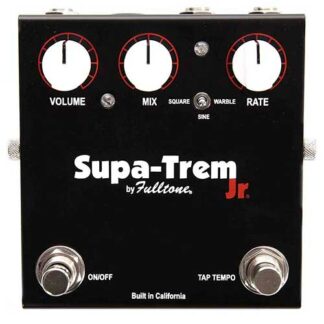
Fulltone Supa Trem Jr
€ 269 Add to cart -
-21%
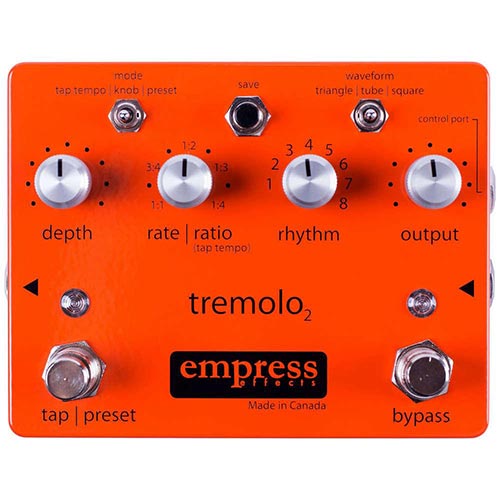
Empress Effects Tremolo2
€ 229 Add to cart -
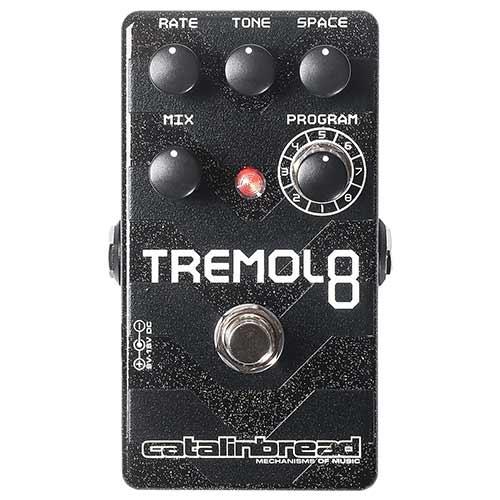
Catalinbread Tremolo8
€ 259 Add to cart -
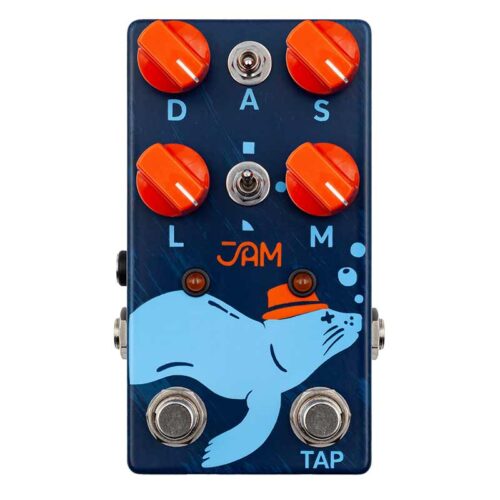
JAM pedals Harmonious Monk mk.2
€ 269 Add to cart -
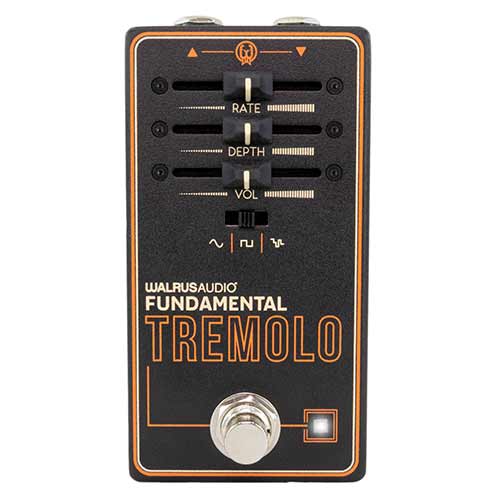
Walrus Audio Fundamental Tremolo
€ 139 Add to cart -
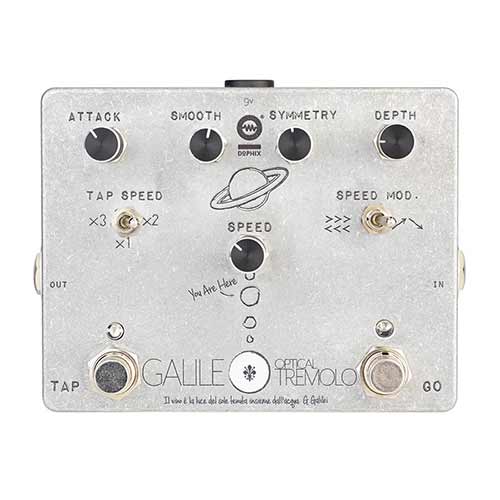
Dophix Galileo
€ 389 Add to cart -
-15%
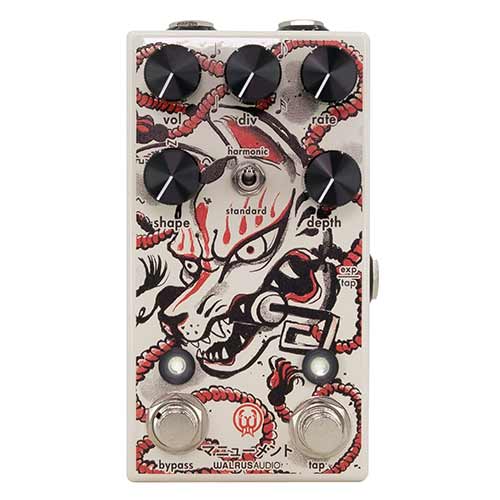
Walrus Audio Monument V2 Kamakura
€ 199 Add to cart -
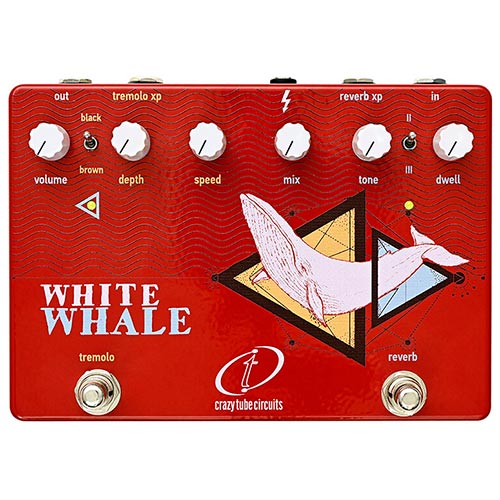
Crazy Tube Circuits White Whale
€ 299 Add to cart -
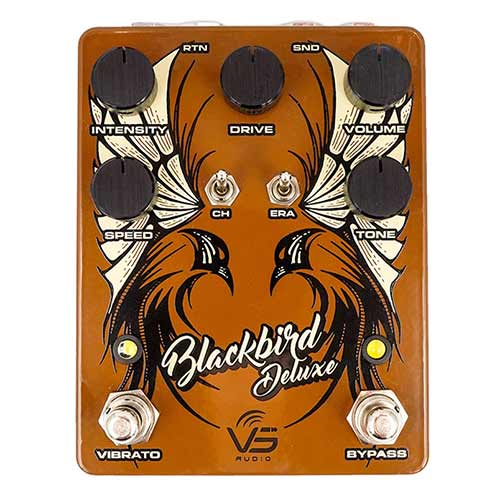
Vs Audio BlackBird Deluxe
€ 229 Add to cart -
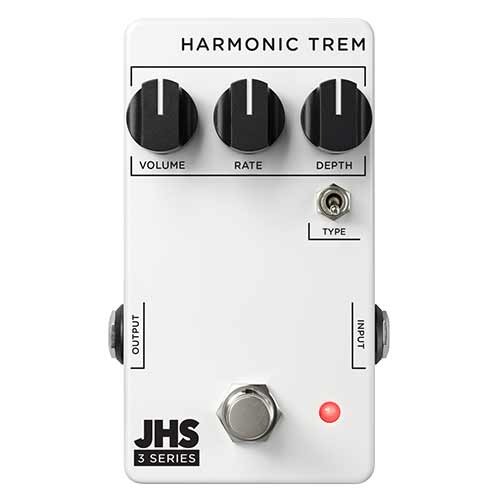
JHS 3S Harmonic Trem
€ 126 Add to cart -
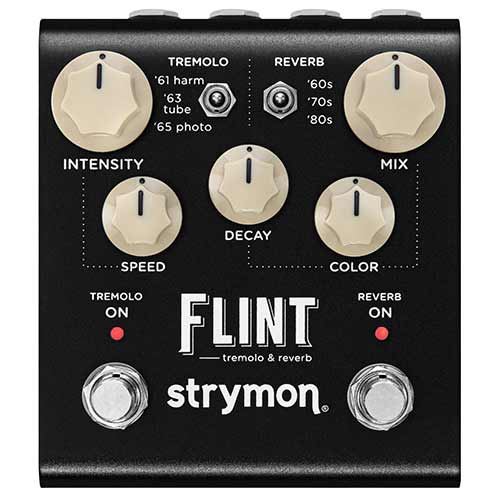
Strymon Flint V2
€ 409 Add to cart -
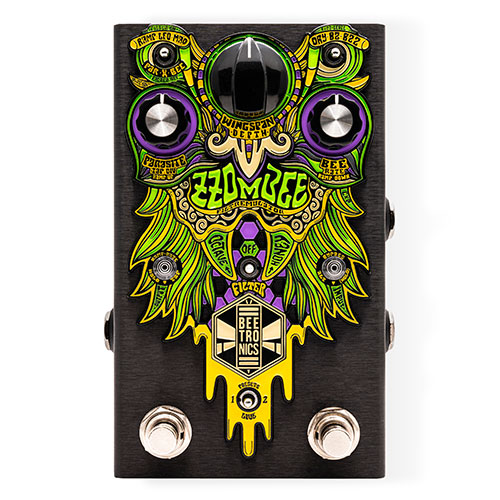
Beetronics Zzombee
€ 449 Add to cart -
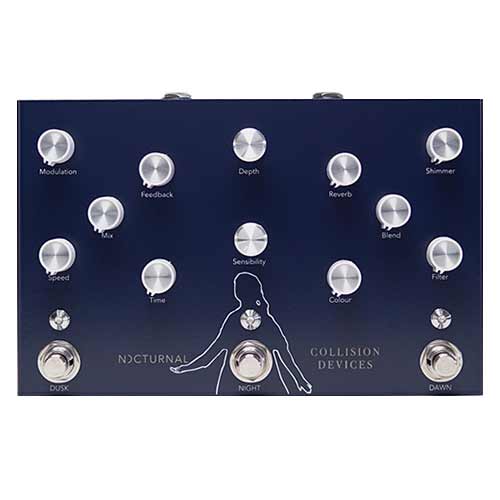
Collision Devices Nocturnal
€ 399 Add to cart -

Catalinbread Topanga Burnside
€ 249 Add to cart -
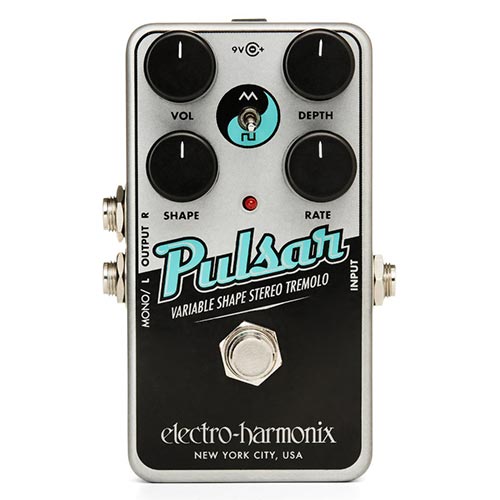
Electro Harmonix Nano Pulsar
€ 99 Add to cart -
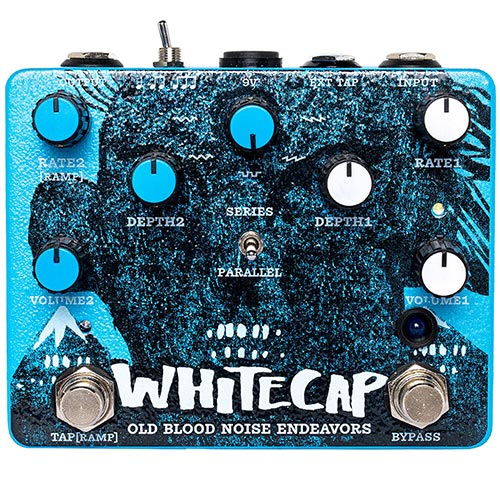
Old Blood Noise Endeavors Whitecap
€ 239 Add to cart -
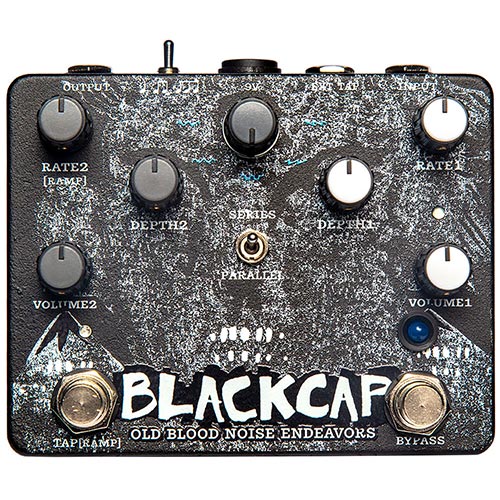
Old Blood Noise Endeavors Blackcap
€ 239 Add to cart -
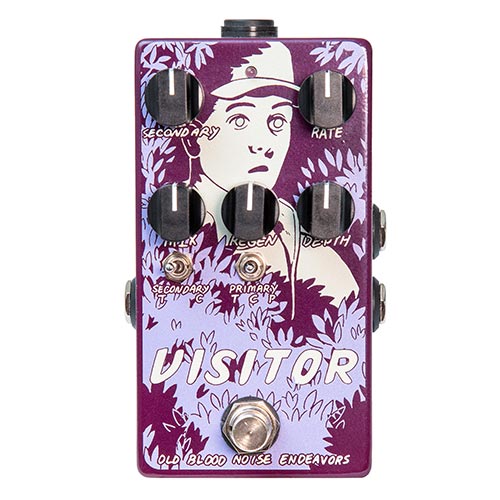
Old Blood Noise Endeavors Visitor
€ 239 Add to cart -

Caroline Guitar Company Parabola
€ 279 Add to cart -
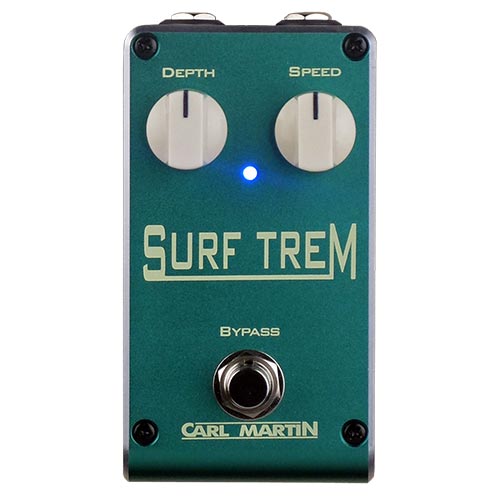
Carl Martin Surf Trem
€ 89 Add to cart -
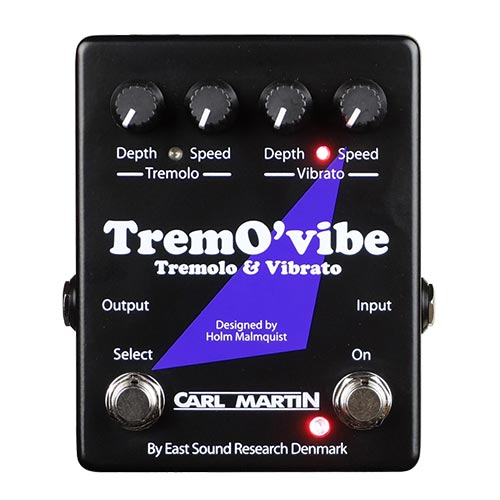
Carl Martin TremOvibe
€ 289 Add to cart -
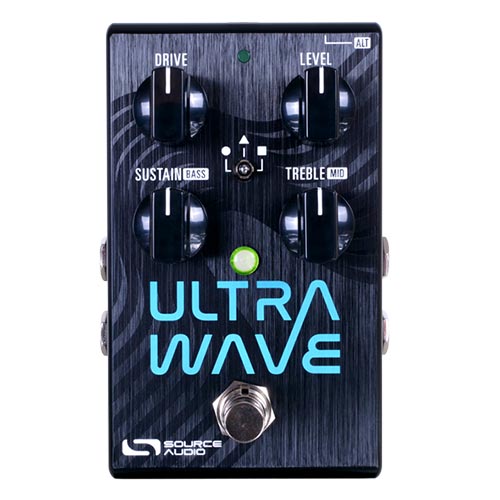
Source Audio Ultrawave Multiband
€ 309 Add to cart -
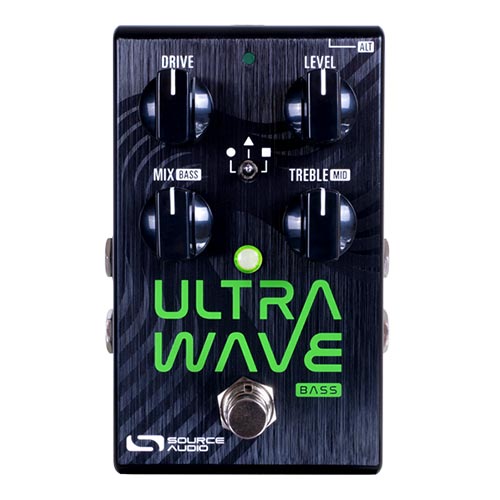
Source Audio Ultrawave Multiband Bass
€ 299 Add to cart -
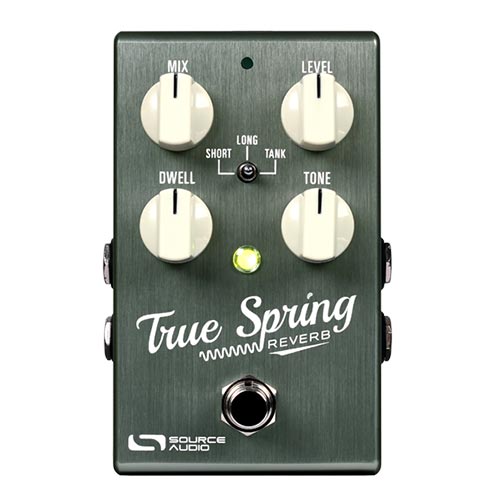
Source Audio True Spring Reverb
€ 309 Add to cart -
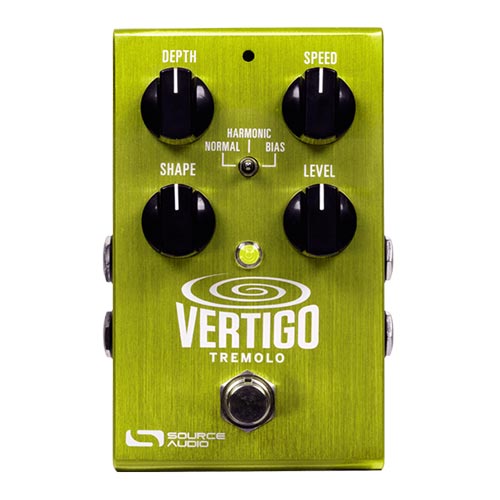
Source Audio Vertigo Tremolo
€ 245 Add to cart -
-12%
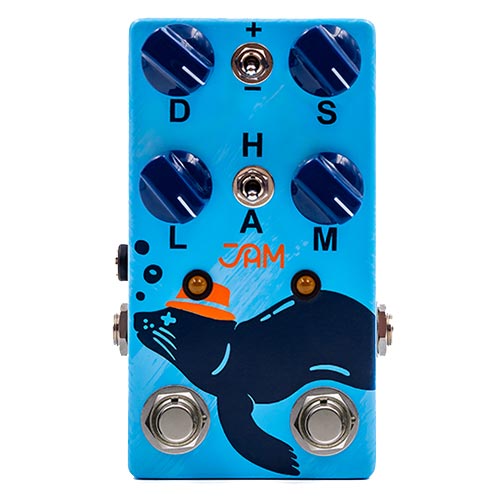
JAM pedals Harmonious Monk
€ 219 Add to cart -
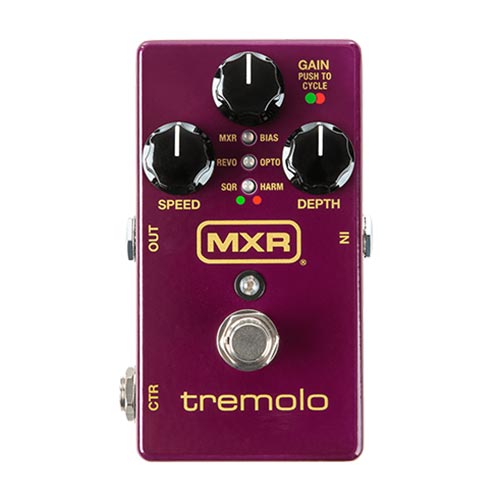
MXR Tremolo
€ 239 Add to cart -
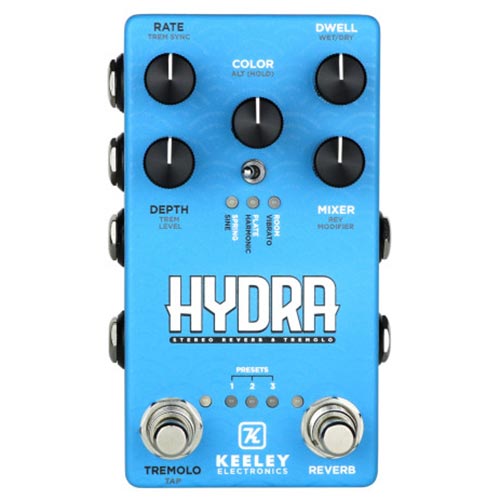
Keeley Hydra Stereo Reverb/Tremolo
€ 299 Add to cart -
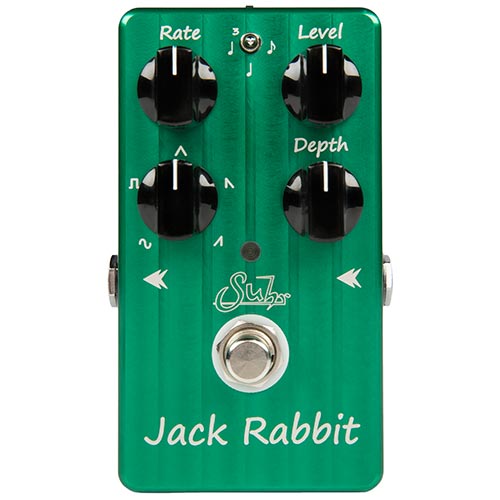
Suhr Jack Rabbit Tremolo
€ 275 Add to cart -
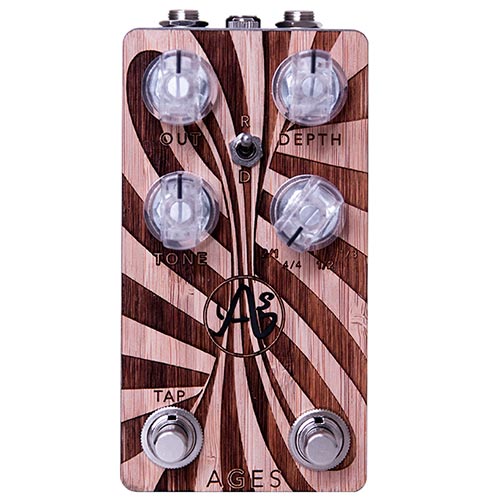
Anasounds Ages
€ 249 Add to cart
Showing 1–32 of 45 results
Tremolo pedal
Tremolo is an effect that creates a change in volume. It’s a so-called modulation effect that rhythmically changes the volume of your guitar signal. The way this is done differs. Every pedal has at least one low-frequency oscillator (LFO). This creates a waveform that turns the volume of the signal up and down.
Classical tremolos usually have sine or triangle waves. Sine waves provide a luscious effect. A triangle wave, with its straight and linear rise and fall creates an angular effect.
The effect has become popular because it was present in the first Fender amplifiers. This optical circuit uses a light-dependent resistor called an “optocoupler”. Also referred to as a “photocell”. This turns a light bulb on and off.
Today, almost every pedal has multiple waveforms available. Some pedals have the same optical circuitry found in many vintage amps. With this you can create different kinds of classic tremolo effects. In addition, with a tremolo pedal it is possible to use advanced waveforms not found on vintage amps.
Harmonic tremolo
In addition to the classical effect some pedals also have harmonic tremolo. This is an effect that splits the incoming signal into low and high. These two parts are then treated separately, producing strange, ‘phaser-like’ effects. It nearly sounds as an uni-vibe or similar modulation effects. So this is one to look for if you are into this type of vintage sound. Not every pedal has this option, so look for it closely if you want one.
